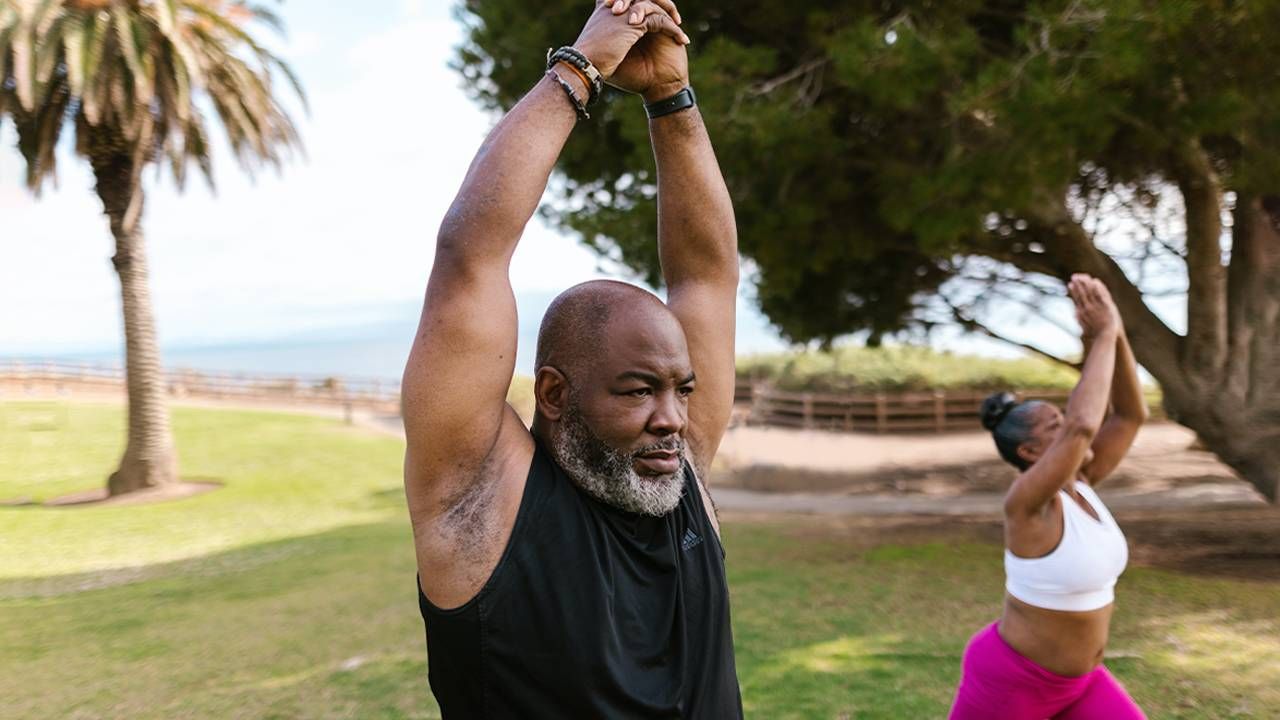Black Americans Face Greater Risk of Heart Disease
How to recognize risk factors and adopt ways to take control of heart health
Heart disease is the leading cause of death in the United States. Compared to other ethnic groups, Black Americans have the highest overall risk of developing heart disease.

Additionally, Black Americans develop heart disease at a younger age and are more likely to die from heart disease than are white Americans. It is important to understand the many risk factors for heart disease and do what we can to keep our hearts healthy.
Black Americans and other communities of color face significant barriers to equal health care in the United States. Certain social factors greatly influence heart health risk and access to good health care. Factors such as education and wealth inequality, the lack of safe and affordable housing and structural racism all contribute to health disparities.
Risk Factors for Heart Disease
Black Americans are more likely to have these risk factors for heart disease compared to white Americans:
High Blood Pressure
Known as hypertension, high blood pressure is more common and starts at a younger age in Black Americans. Having uncontrolled hypertension can greatly increase the risk of heart attack or stroke.
Food Insecurity
Food insecurity is another risk factor for heart disease. In 2020, one in five Black households did not have access to enough healthy food. Families without healthy food options are much more likely to eat processed foods, which can greatly increase the risk of high blood pressure.
Diabetes
A condition where one's blood sugar is not well controlled, diabetes is an important risk factor for heart disease. Black Americans are 60% more likely to develop diabetes than white Americans.
Obesity
Obesity is another risk factor for heart disease. Black Americans are about 1.5 times more likely to be obese compared to white Americans. If you are obese or overweight, you are more likely to have high blood pressure and are more likely to develop diabetes.
7 Steps to Take Control of Your Heart Health
Follow these seven steps in order to prevent heart disease:
- Manage your blood pressure. Know and understand your blood pressure readings. Track your blood pressure and talk to your doctor about what you can do if your blood pressure is elevated.
- Control cholesterol. Your doctor can measure your cholesterol and help you understand what the levels mean. You can lower cholesterol levels through exercise, a healthy diet or medication.
- Reduce blood sugar. Your doctor can take blood sugar measurements and recommend a plan to keep the numbers low. A healthy diet, exercise and maintaining a healthy weight can help to keep your blood sugar under control.
- Manage your weight. Understand what is your healthy weight and work towards it by tracking the amount you eat compared to how much activity you get.
- Eat better. Make smart food choices by enjoying fruits and vegetables, limiting sweets, salty foods and processed meats. Try to prepare meals at home and learn to understand food labels.
- Get active. Aim to get at least 150 minutes of moderate activity, or 75 minutes of vigorous activity, spread throughout the week. Make a habit of moving, walking and sitting less each day.
- Do not smoke or use tobacco. Smoking is a risk factor for heart disease and is linked to about one-third of all deaths from heart disease. Your doctor can help you quit tobacco.
We are all able to make these changes. Small heart-healthy changes can make a big difference. It is never too late to make your heart health a priority.
Editor’s note: This story was originally published in the Minnesota Spokesman Recorder.

